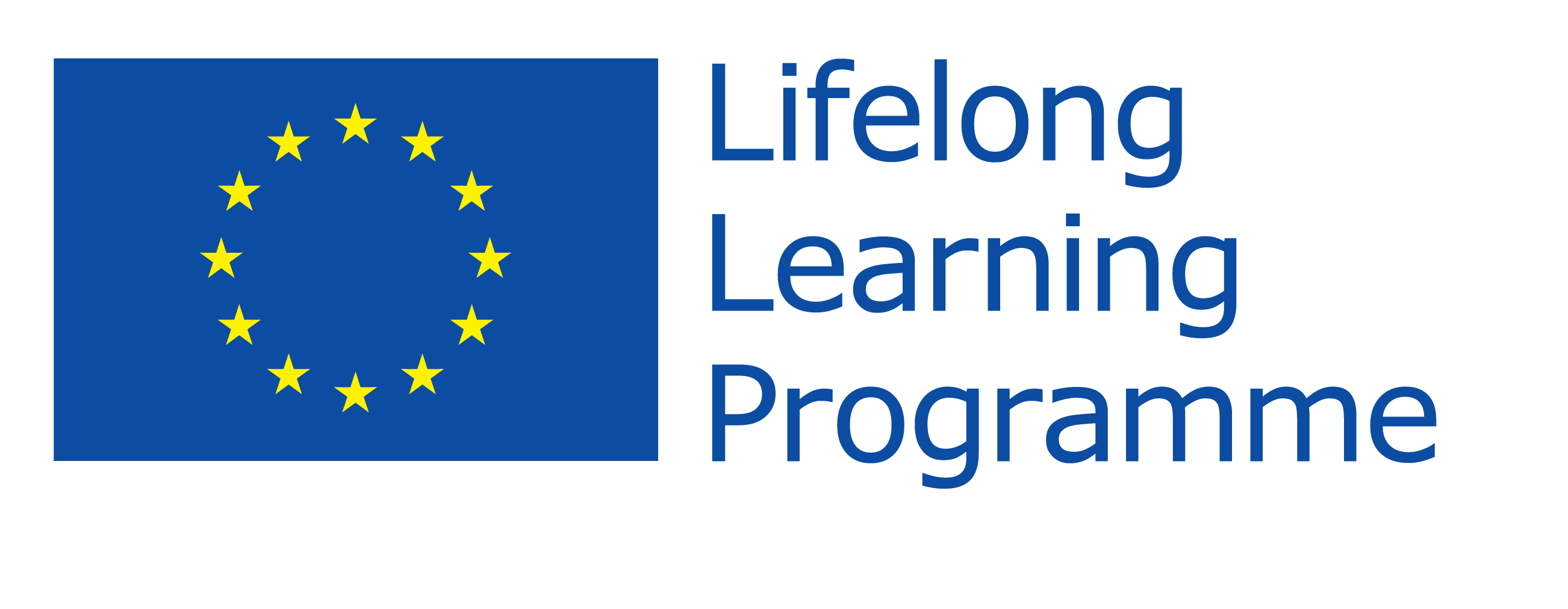The Middle Ages in Europe
The Middle Ages cover a period of 1.000 years from 500 AD to 1500 AD. The Roman Empire is divided into the Eastern Roman and Western Roman Empire. In the east, the East Roman Empire exists until the 15th Century.
In the west there are many changes.
It comes down to a new religion, Christianity. Therefore, the ancient heritage is rejected as pagan. The knowledge of the ancient period is lost. For the craftsmanship, the philosophy and architecture, there are no more professionals. People can barely read and write. Charlemagne was a famous general who conquered a great empire. At the same time, Charlemagne promoted Christianity and the knowledge of ancient cultures. From 777 AD Charlemagne established a new cultural base in science and education, architecture and administration. He initiated a common script, the "minuscule". He also created a common currency in his kingdom, the dinar that was used for a long period. Later, this period of cultural, economic and social innovations is called the "Carolingian Renaissance". Around the year 800 AD, he builds huge palaces and churches of stone at a time when building in stone was uncommon ( "Pre-Romanesque"). At the end of his reign, the political space of his kingdom is equivalent to the founding countries of the European Union.
In the later Middle Ages, there was produced more in agriculture and the people lived better. Churches were built in stone in the Romanesque and Gothic style. New cities arose and the trade flourished. About the whole known world all kinds of goods were traded. For transport, the old Roman roads were used. They were renewed late in the Middle Ages and now they are called "via regia". On these roads the protection of the King applied for commercials. The plague hits Europe, many people died.
Overall, however, it is not a dark time. It's the time of a new religion, Christianity, castles and knights, new cities and new wealth.

